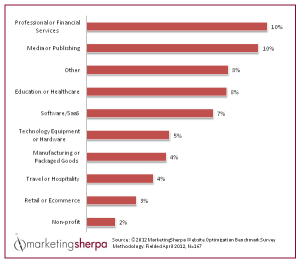B-to-B Digital Marketing: Setting a Budget
Digital marketing is a business development activity which means it should directly or indirectly generate revenue. For trainers, consultants, and professional coaches that sell their services to other businesses, the contribution typically comes in the form of leads. Since marketing’s goal is to generate revenue the budget should not be set higher than a reasonable projection for generated revenue. Establishing a clear vision of projected return on the digital marketing investment serves to set a budget cap that makes facilitates profitability.
To set a budget start from the end state and work backwards. Here are the steps and an example of how to work backward:
In this way you are providing a guideline on how much you can spend on digital marketing and have it remain profitable. Remember, it’s a guideline and doesn’t mean you should spend that much. It means that’s your cap. For example, if you are a sole trainer, consultant, or professional coach with annual revenues of $100K, it wouldn’t make sense to budget a third of your revenue to digital marketing.
Also keep in mind that this would be your total expense, so marketing tools, data, and labor would need to fall within these parameters.
The primary reason for this guideline is to avoid setting your digital marketing up for failure. Many trainers, consultants and professional coaches get caught up in branding themselves or their business without considering the potential return. If you set a budget that is higher than a reasonable expectation on your return then the marketing effort can’t fulfill the baseline goal of being a business development activity.


